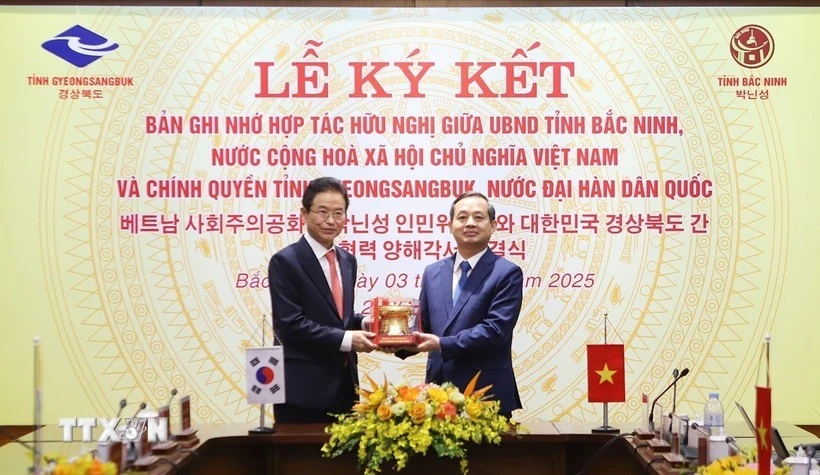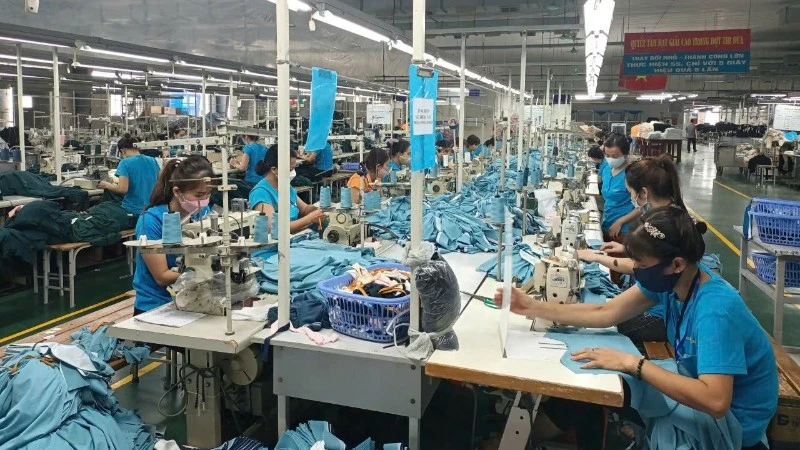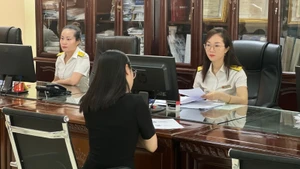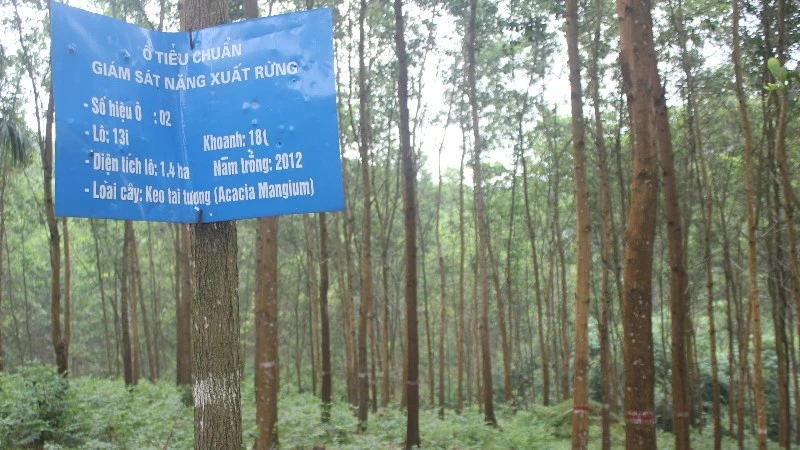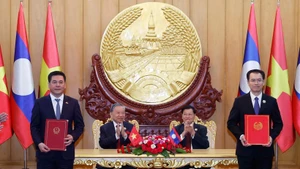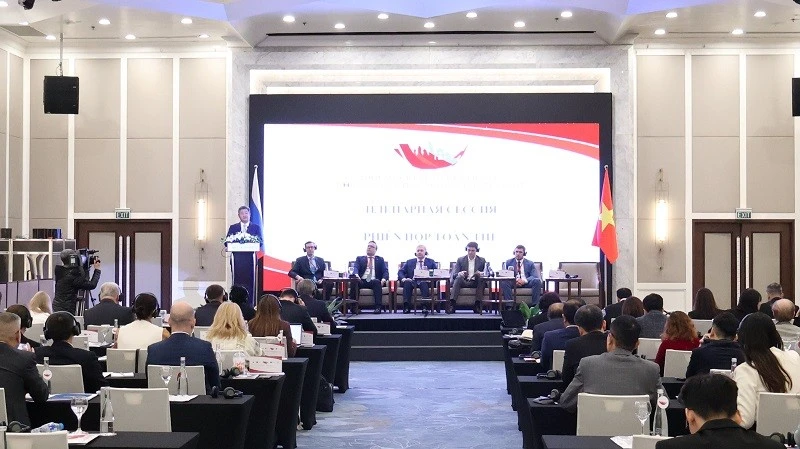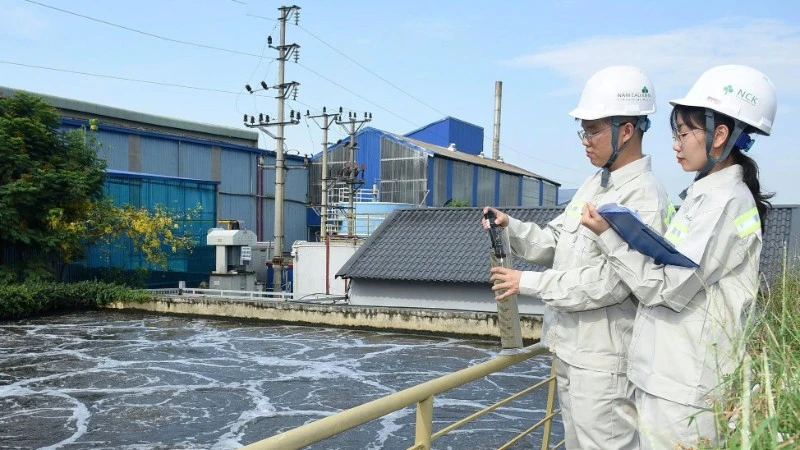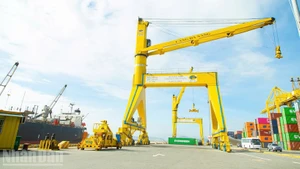From a once poor, starving country, Viet Nam has risen to become one of the world’s leading producers and exporters of agricultural products. Agriculture is a national advantage, providing income for nearly 10 million farm households along with millions of business households and enterprises. The agricultural and environmental sector not only ensures firm food security and ecological safety in all circumstances but also contributes to enhancing Viet Nam’s international standing.
Milestone moments
On November 14, 1945, the Government Council issued a resolution establishing the Ministry of Farming with the task of organising agricultural production systematically. From then on, November 14 became the Traditional Day of the agricultural and environmental sector.
Over the past 80 years, alongside the country’s development, the agricultural and environmental sector has gone through many ups and downs but has always maintained its strategic role as a support pillar during times of crisis and upheaval for the nation.
At the same time, the Party and State have always given special attention to this key field. Many significant directives and policies of the Party and State – such as Directive No. 100-CT/TW dated January 13, 1981 of the Secretariat on “improving production contracts, expanding product contracts to labour groups and agricultural cooperative labourers”; Resolution No. 10-NQ/TW dated April 5, 1988 of the Politburo on renewing agricultural economic management – created major, pivotal impacts for Viet Nam’s agriculture in that severe economic crisis era, not only solving urgent food issues but also paving the way for a comprehensive economic renewal of the country, bringing Viet Nam’s agriculture into a new development phase.
On August 5, 2008, the 10th Central Committee of the Party issued Resolution No. 26-NQ/TW “On agriculture, farmers and rural areas”. For the first time, the “three rural” problem (agriculture, farmers, rural areas) was placed at the centre of the national development strategy, with the viewpoint that “agriculture, farmers and rural areas are the foundation and important force for rapid, sustainable socio-economic development”. The Resolution set out a strategic orientation for “three rural” development in the new period, aiming to bring Viet Nam to the status of a high-income country by 2045.
In 2022, the 5th Plenum of the 13th Party Central Committee issued Resolution No. 19-NQ/TW “On agriculture, farmers and rural areas until 2030, vision to 2045”, affirming that agriculture, farmers and rural areas hold a strategic position in the country’s industrialisation and modernisation process. Agriculture is a national advantage, a sustainable foundation; rural areas are important economic development zones, the key spaces linked with natural resources, cultural and social foundations, and national security and defence. Farmers are the workforce and important human-resource asset.
The issues of agriculture, farmers and rural areas must be addressed in a coordinated manner, linked to the process of accelerating industrialisation and modernisation. Agricultural development should be guided by the vision of ecological agriculture, modern rural areas, and cultured farmers. Environmental protection and climate change response remain national priority tasks.
Great achievements
Building on the achievements gained since the renewal process, despite numerous difficulties and challenges caused by natural disasters, climate change, and market fluctuations, Viet Nam’s agricultural production has continued to grow rapidly and steadily, with an average annual growth rate of 3.56%.
Viet Nam’s agricultural sector has shifted from self-sufficiency to diversified commercial production and has become a leading global agricultural export nation; Vietnamese agricultural products are exported to more than 200 countries and territories. Agricultural export turnover has grown rapidly each year, at an average rate above 10% annually, reaching 62.5 billion USD in 2024, with a record trade surplus of 18 billion USD—an increase of nearly 70% compared to 2020. In the first ten months of this year, the export value of agricultural, forestry and fishery products reached 58.13 billion USD, up 12.9% year-on-year, and the full-year figure is expected to reach about 70 billion USD.
The National Target Programme on New-style Rural Development has fundamentally transformed the face of rural areas. To date, 78.7% of communes nationwide have met the new-style rural standards, of which 40.4% have achieved advanced standards and 10.8% model standards. In 2024, the average per capita income in rural areas reached 54 million VND, 1.3 times higher than in 2020. Significant progress has also been made in environmental protection, resource management, and climate change response, contributing to the country’s sustainable development goals. National resources have been planned, exploited, and utilised rationally. Seas and islands have been managed through an integrated, inter-sectoral, and inter-regional approach, contributing to sustainable marine economic development and helping Viet Nam become a strong maritime nation.
Viet Nam is entering a new era with an orientation towards rapid and sustainable development, harmonising economic growth, social progress, and environmental protection. The country is also focusing on building a green, circular economy resilient to climate change, aiming to become a developed, high-income nation by the mid-21st century. The new context, marked by intertwined opportunities and challenges, requires the agricultural and environmental sector to adopt appropriate policy directions, contributing to achieving the overall goal of double-digit economic growth.
Among these, agriculture truly is a national advantage, firmly ensuring food security and nutrition, increasing income and people’s living standards, tightly associated with the task of preserving culture, protecting the environment, conserving biodiversity and proactively adapting to climate change. It is time to continue shifting from the mindset of “agricultural production” to “agricultural economy”, transitioning toward a green, sustainable, multi-value model.
Enhancing investment in the development and application of science and technology will create strong momentum for advancing the agricultural economy towards a green, circular, and low-emission model, accompanied by digital transformation, ecosystem restoration, and environmental protection. This is not only an immediate requirement but also a foundation for the sustainable development of Viet Nam’s agriculture and environment sectors in the future.
On November 14, 1945, the Government Council issued a Resolution establishing the Ministry of Farming, tasked with systematically organising agricultural production. Through various stages of development, multiple mergers, separations, and name changes, by March 2025, the Ministry of Agriculture and Rural Development merged with the Ministry of Natural Resources and Environment to form the Ministry of Agriculture and Environment.

